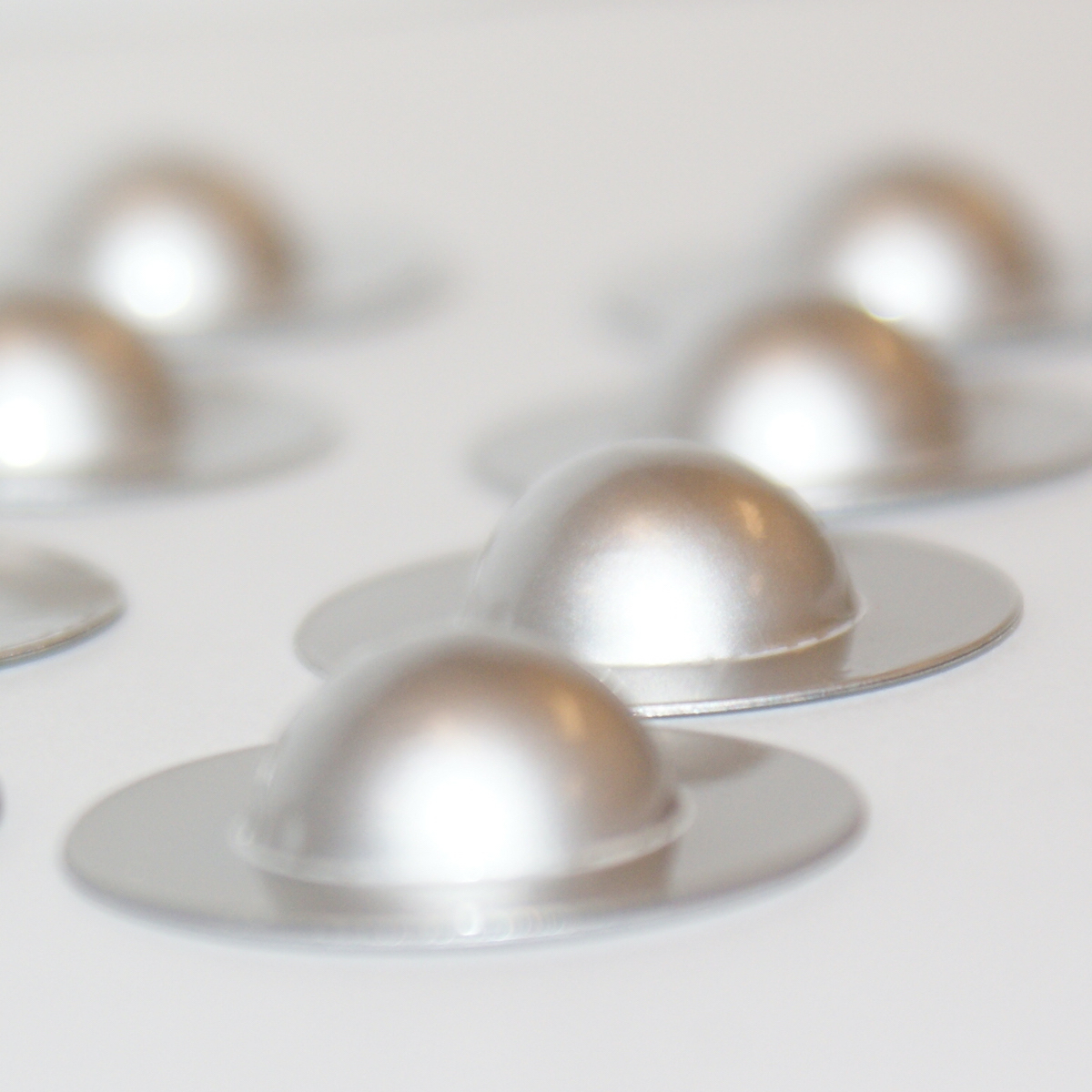Sealing the Deal: Choosing the Right Reagent Blister Materials for Stability and Precision
Ensuring the compatibility and stability of reagents within blister packaging is crucial in the development of reliable point-of-care diagnostic devices. The selection of appropriate foil laminates for reagent blisters plays a pivotal role in preserving reagent integrity and extending shelf life.
Key Considerations in Material Selection
Foil laminates suitable for reagent blister packs consist of a layer of internal polymer, aluminum, and external polymer. This combination offers an exceptional barrier against oxygen, light, and other environmental factors. This material is suitable for reagents requiring maximum protection but may involve higher costs and complex forming processes.
When choosing foil laminates for reagent blisters, several factors must be considered:
- Chemical Compatibility: The polymer must be inert, preventing reactions with the reagent that could compromise its efficacy.
- Barrier Properties: Effective protection against light oxygen, and other environmental factors is essential to maintain reagent stability.
- Mechanical Durability: The material should withstand the stresses of manufacturing, transportation, and end-use without compromising its integrity.
- Reagent Extraction: The foil laminate should be thick enough to maintain barrier properties and mechanical durability, but also thin enough to minimize forces required to extract the reagent.
- Short Term vs. Long Term Effects: Quick, initial chemical compatibility tests that demonstrate nonreactivity may not be sufficient to determine long term effects of polymers in fluidic contact with various reagents. Leaching or other adverse reactions may only reach levels affecting assay performance after several months of exposure.
Common Foil Laminate Layer Materials for Reagent Blister Packaging
Here’s a list of common foil laminate layer materials used in precision reagent packaging, especially for applications like point-of-care diagnostics blister packs. These multilayer laminates are engineered to provide strong barrier properties, chemical compatibility, and seal integrity:
| Layer Type | Common Materials Used | Function |
| Outer Layer | Polyester (PET), Nylon (OPA), Polyamide | Printability, heat resistance |
| Barrier Layer | Aluminum Foil (Al) | High moisture, oxygen, and light barrier |
| Sealant Layer | Polyethylene (PE), Polypropylene (PP), Cyclic Olefin Copolymer (COC), PVC | Heat-sealability, chemical resistance, contact with reagent |
Example Foil Laminate Constructions
- PET / Aluminum / PE
-
- Standard barrier structure for many diagnostic blisters.
- PET / Aluminum / PP
-
- Good for reagents sensitive to moisture and chemicals, with higher thermal resistance.
- OPA / Aluminum / COC
-
- For high-barrier applications with chemical-sensitive reagents
Considerations for Selection
- Reagent Compatibility: Avoid materials that might leach or react (especially in the sealant layer).
- Barrier Requirements: Moisture, oxygen, and light protection must match the reagent’s stability profile.
- Formability: Deep-draw blister forming requires flexible outer and sealant layers.
- Regulatory Compliance: FDA and ISO 13485 considerations for medical packaging.
Expert Insights
Drew Garvey, Senior R&D Engineer at Life Science Outsourcing (LSO), emphasizes the importance of material selection:
“Selecting the appropriate foil laminate for reagent blisters is a critical step in ensuring the longevity and reliability of diagnostic devices. At LSO, we work closely with our clients to evaluate the chemical compatibility and barrier properties of materials to tailor solutions that meet the specific needs of each reagent.”
He further adds:
“Our approach involves engaging with both Assay AND Product Development client teams early in the scoping process to confirm that the chosen materials do not interact adversely with the reagents, thereby preserving their intended functionality throughout the product’s shelf life.”
Conclusion
The selection of materials for reagent blisters is a nuanced process that requires careful consideration of the reagent’s characteristics and the environmental conditions it will encounter. Collaborating with experienced partners like LSO ensures that material choices are optimized for compatibility and stability, ultimately leading to more reliable and effective diagnostic devices.





